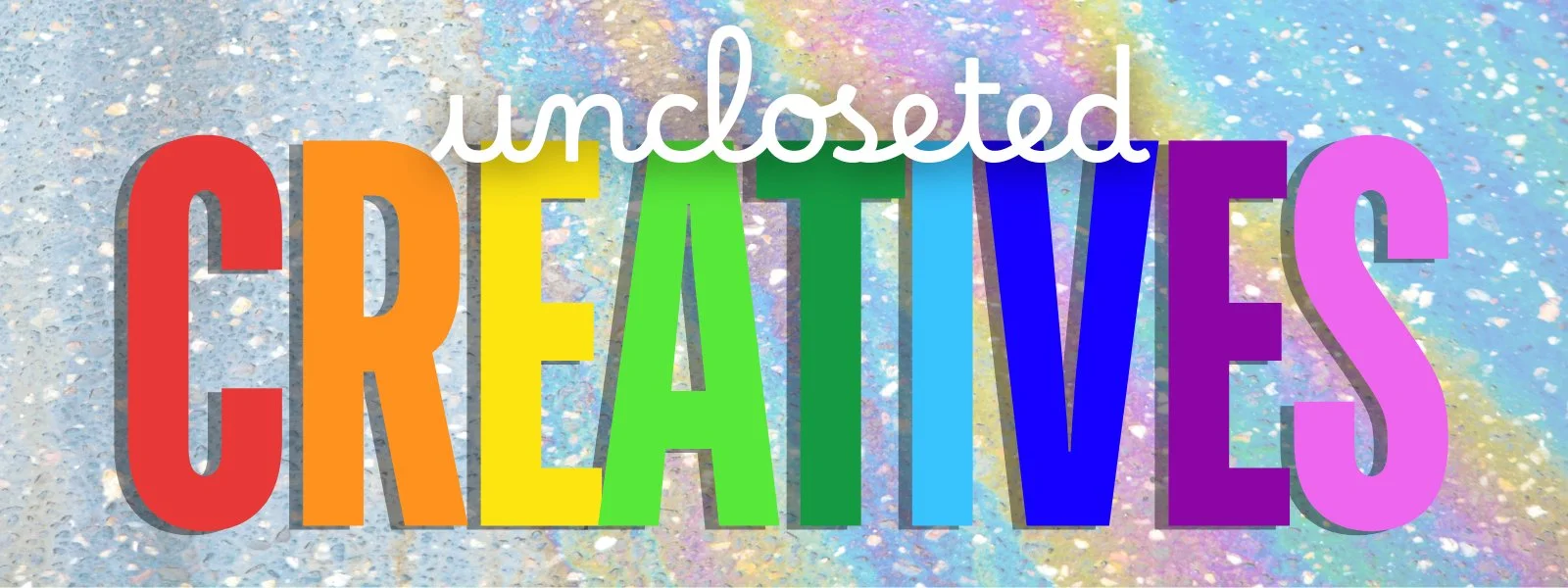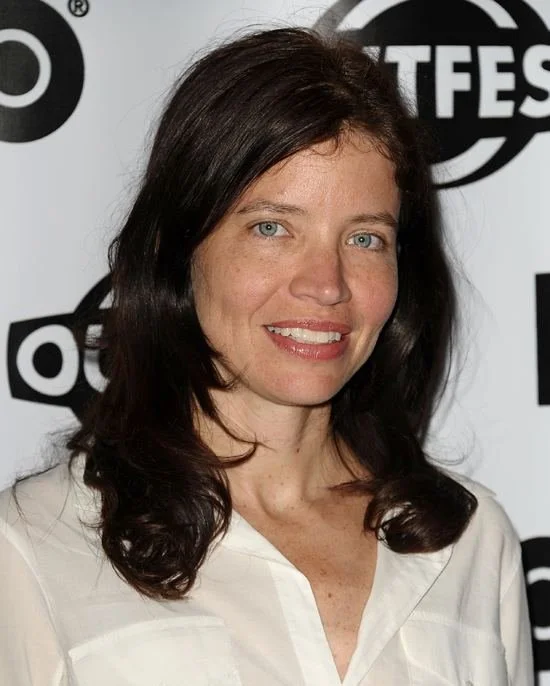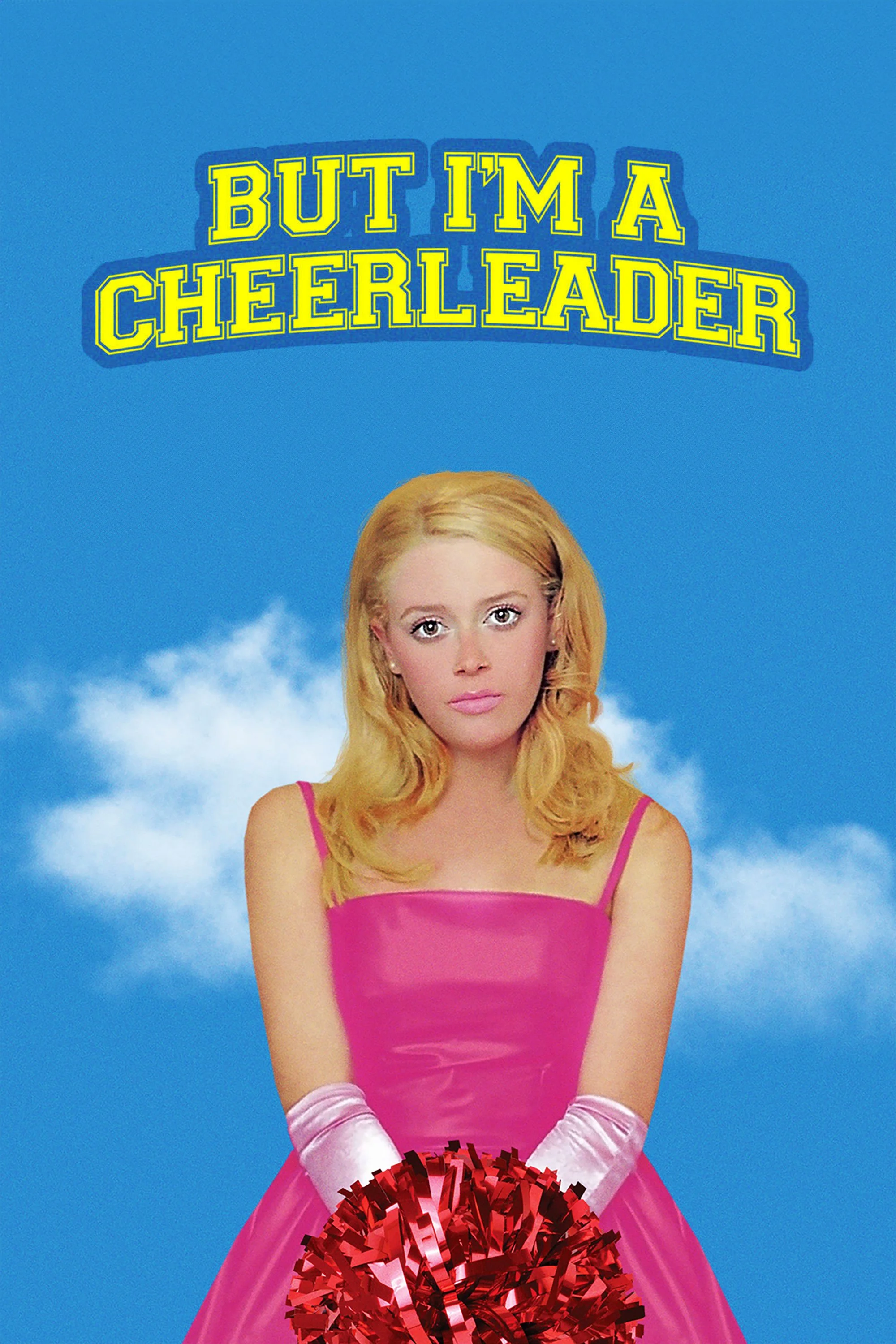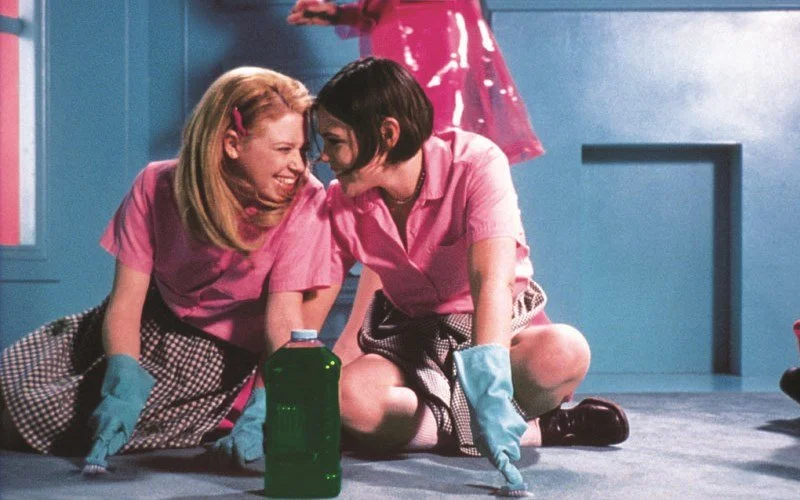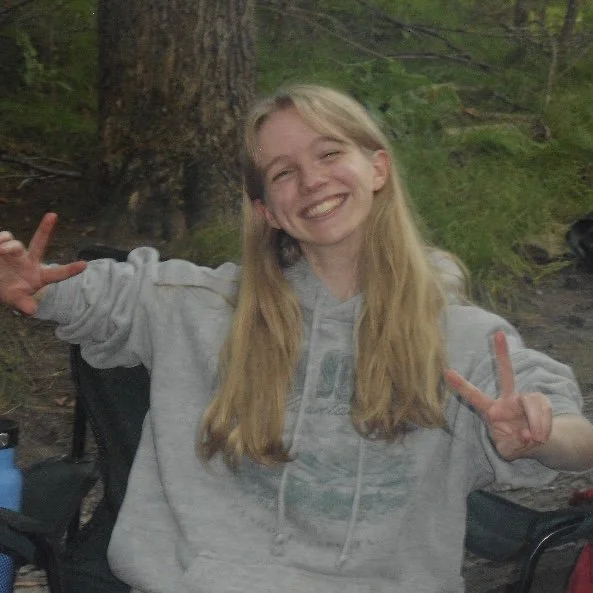Jamie Babbit – Lesbian Icon and Pioneer for Queer Media
/In the late 90’s, queer representation in film was uncommon among the mainstream. Good representation? Nearly non-existent. Jamie Babbit was determined to change that narrative. Now recognized as one of the most important pioneers for LGBTQ+ media, Babbit worked her way up in the filmmaking industry through her strong passion for directing even without a film school degree. She had made a name for herself by working her way onto projects with well-known directors, but understood you can’t work on other people’s projects forever or it’s all you’ll ever do. Looking for fulfillment from the hunger for self-representation, she took it into her own hands. She turned down a six-figure project to begin her debut film, But I’m a Cheerleader.
“I get good grades, I go to church, I’m a cheerleader!”
But I’m a Cheerleader follows young Christian high schooler, Megan, who gets sent to a conversion therapy camp called True Directions. Megan, however, has not even realized she’s a lesbian before she’s sent away from everything she knows. Between trying to understand herself and people telling her she needs to change, all Megan wants to do is fix things and go home. But when a friendship blooms between her and another girl in the camp, Graham, she starts allowing herself to explore her own feelings.
Despite the heavy topic of conversion therapy, Babbit took an unexpected approach to the story. She directed an over-the-top satire that shows different perspectives of being gay compared to other films featuring queer characters at the time. Conversion camps are a twisted attempt at getting queer teenagers to repress their identities, but at True Directions all their lessons are packed with queer innuendos. Everything they try to teach the teenagers seems to have the opposite effect. The house itself is painted with technicolour schemes and holds plastic elements, giving it the feel of a dollhouse. Babbit wanted to show how ridiculous and artificial it all is, because you can’t truly change who a person fundamentally is. But the satire doesn’t overshadow the heartfelt story between Megan and Graham as they learn to live as themselves.
Too Gay for It’s Time
Babbit’s aim was to create a film that could uplift her community during a time where they were constantly brought down. Homophobia was rampant at the time of the film’s release, especially being around the initial AIDS epidemic. Queer people faced discrimination and hate while also losing the people they loved to an illness no one wanted to care for. But when Babbit released the film she faced backlash not just from her straight audience, but her queer audience as well. The film was so heavily criticized that it was seen as an utter failure. The negative reviews can likely be attributed to homophobia, but at the same time, many people just weren’t ready to talk about the things Babbit said in her film. A story about a femme lesbian in a hyper-gay setting while exploring topics of gender stereotypes, diverse queerness and conversion therapy was unfortunately a bit too much for the people of 1999.
Hitting the Hearts of Young People
However, in the midst of all the negative reviews the film struck hearts with young people. At the time of release, many other films depicted lesbians as scandalous or even threatening. Babbit changed that with her characters. The protagonist, Megan, is very feminine, which challenges the idea that lesbians are supposed to be masculine; an idea long ingrained in the minds of queer women that make it hard for some to accept themselves. But there is no image of what being gay looks like, which But I’m a Cheerleader represents beautifully with its diverse array of characters. Babbit gave her community something she and many other queer people longed for during their adolescence; the act of being seen.
Influencing the Future
But I’m a Cheerleader has become a cult classic over the 25 years since its release, and since then we’ve seen an increase in queer characters hitting the mainstream. Babbit opened a whole new door to queer filmmaking with her courage to put out the film despite the backlash she knew she’d receive. Lucky for us, giving good representation to her community was more important than any other opinions she would receive. To this day, But I’m a Cheerleader continues to be recognized as a turning point for LGBTQ+ media, and holds a special place in the hearts of queer people everywhere.
Olivia Senecal is a second-year student in the Professional Writing program at Algonquin College. While she doesn’t have a solid preference to one genre, she likes to write about things that come from the heart. Making space in her work where queer people feel seen is a strong goal of hers, as growing up she struggled to find that space for herself. In her spare time, she’ll likely be found lying on a patch of grass somewhere or thinking about Caitlyn Kiramman from Arcane.

